Thank you for your continued cooperation this year and wish you a happy New Year!
We will be closed for the New Year’s holiday from December 28 through January 5.

新着情報
Thank you for your continued cooperation this year and wish you a happy New Year!
We will be closed for the New Year’s holiday from December 28 through January 5.

Thank you for your continued cooperation this year and wish you a happy New Year!
We will be closed for the New Year’s holiday from December 29 through January 3.
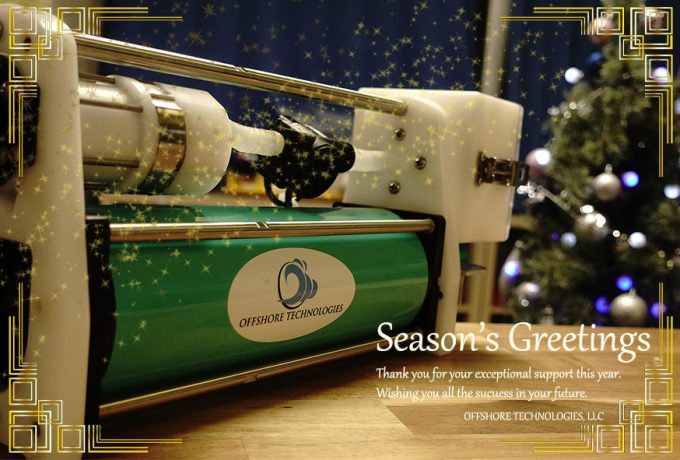
A research paper using the compact CTD sensor “JES10mini” was published in the academic journal “Polar Data Journal”. “JES10mini” was used for observations in the Arctic Ocean by a research team from the Japan Agency for Marine-Earth Science and Technology (JAMSTEC) and the Geophysical Institute University of Alaska Fairbanks.
The Pacific sector of the Arctic Ocean is experiencing sea-ice reduction, yet there are not many ocean observations beneath sea ice. In this study, an ice-tethered buoy monitored CTD, phytoplankton biomass, and photosynthesis available radiation (PAR), and GPS buoys monitored sea ice motions in the Beaufort Sea. A ice-tethered buoy was equipped with four “JES10mini” at different depths.
Polar Data Journal 7_24-34(2023)
◆Title: Sea-ice motion and oceanographic data from the Beaufort Sea to the Chukchi Borderland in March–October 2022
◆Authors: Satoshi KIMURA1*, Takashi KIKUCHI1 , Amane FUJIWARA1 , Joshua JONES2 , Masahiro KAKU1 , and Kensuke WATARI1
◆Affiliation:
1 Japan Agency for Marine-Earth Science and Technology, 2-15, Natsusima-cho, Yokosuka, Kanagawa 237-0061.
2 Geophysical Institute University of Alaska Fairbanks, 2156 Koyukuk Drive, University of Alaska Fairbanks, Fairbanks, AK 99775.
*Corresponding author. Satoshi Kimura
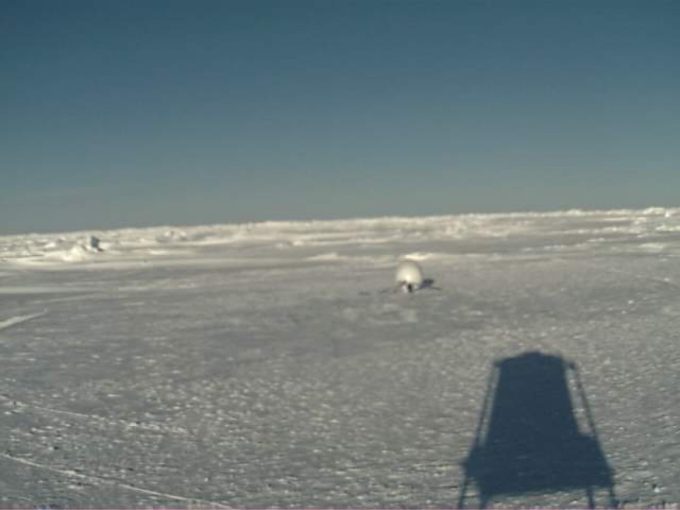
A research paper using the compact CTD sensor “JES10mini” was published in the academic journal “Sensors”. A research team conducted oceanic and atmospheric observations using a wave-propelled unmanned surface vehicle (Wave Glider), in the area off the Sanriku coast of Japan. Despite the severe weather conditions of atmospheric low-pressure system crossings, they succeeded in observing wind, air temperature, humidity, sea surface temperature and salinity etc. over the course of 55 days. In this observation, “JES10mini” attached to the wave glider is used to observe sea surface temperature and salinity.
Sensors 2022, 22(24), 9695 (https://doi.org/10.3390/s22249695)
◆Title: USV-Observed Turbulent Heat Flux Induced by Late Spring Cold Dry Air Incursion over Sub-Mesoscale Warm Regions off Sanriku, Japan
◆Authors: Akira Nagano1, Takuya Hasegawa2,3, Keisuke Ariyoshi4, Takeshi Iinuma4, Tatsuya Fukuda 5, Nobuhiro Fujii 6, Fumiaki Tomita 4,7, Ryota Hino 8
◆Affiliation:
1 Research Institute for Global Change, Japan Agency for Marine-Earth Science and Technology (JAMSTEC), Yokosuka 237-0061, Japan
2 Faculty of Environmental Earth Science, Hokkaido University, Sapporo 060-0808, Japan
3 Graduate School of Science, Tohoku University, Sendai 980-8577, Japan
4 Research Institute for Marine Geodynamics, Japan Agency for Marine-Earth Science and Technology (JAMSTEC), Yokohama 236-0001, Japan
5 Institute for Marine-Earth Exploration and Engineering, Japan Agency for Marine-Earth Science and Technology (JAMSTEC), Yokosuka 237-0061, Japan
6 Marine Works Japan Ltd., Yokosuka 237-0063, Japan
7 International Research Institute of Disaster Science, Tohoku University, Sendai 980-8572, Japan
8 Research Center for Prediction of Earthquake and Volcanic Eruptions, Graduate School of Science, Tohoku University, Sendai 980-8578, Japan
*Author to whom correspondence should be addressed.
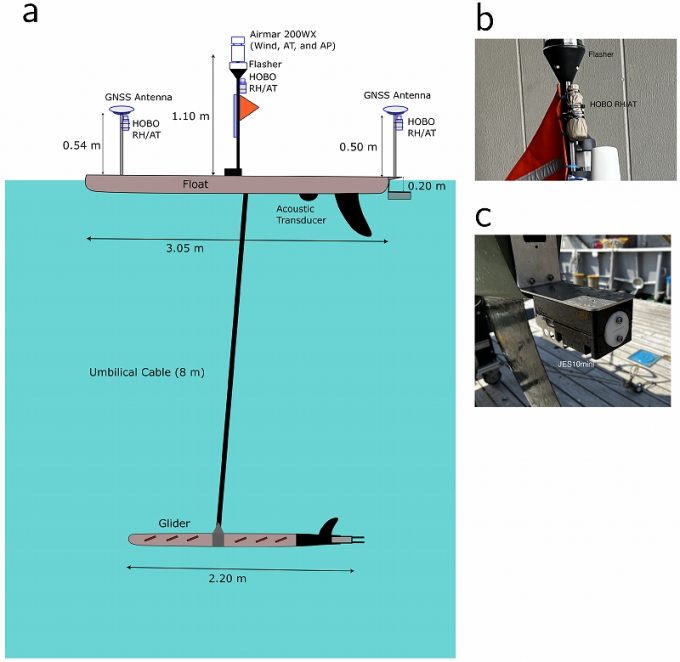
Thank you for your continued cooperation this year and wish you a happy New Year!
We will be closed for the New Year’s holiday from December 29 through January 3.
There was a problem with the inquiry form, and we were unable to receive inquiries. We sincerely apologize for the inconvenience.
Please note that it is currently being restored. Thank you for your continued support.
Plafilt is an underwater particle sampler which collect plankton, microplastics, and other particles in the water by suctioning and filtering them with an underwater pump. It is lightweight, with an aerial weight of approximately 5 kg, and easy to maneuver on small vessels or by hand on the wharf.
It can be operated via a web application using a smartphone, tablet, or PC connected via Wi-Fi.
Click HERE for more info!
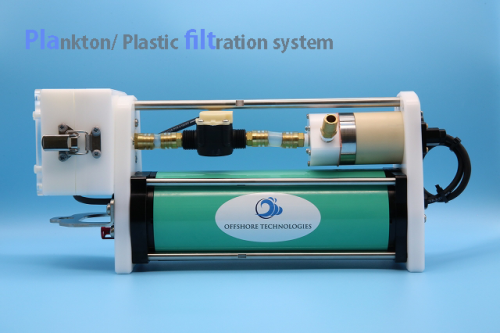
We cooperate this project: Remote Control of Underwater Drone by Fiber-Coupled Underwater Optical Wireless Communication
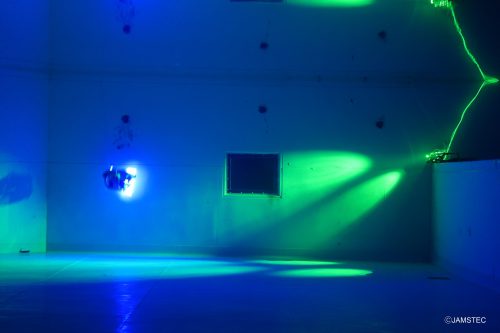
We have released the compact CTD sensor “JES10mini” with 1,000m water pressure resistance.
The original JES10mini can make an observation up to a depth of 500m. This time, the sensor with a pressure resistance specification of 1,000m has been added to the lineup.
You can choose 200m, 500m, 1,000m according to your purpose.
The specifications (observation accuracy, weight, etc.) are the same as the 500m sensor, but it is a little more expensive.
If you are interested in a compact CTD sensor, please feel free to contact us!
See the detail of JES10mini;
https://www.offshore-technologies.com/en/products/jes10mini/
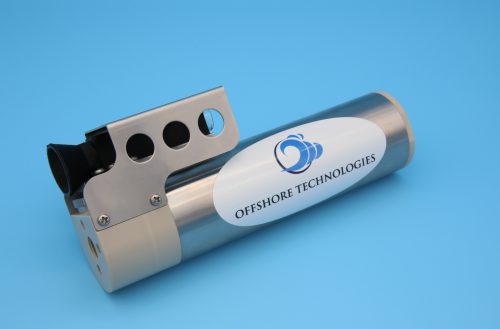
Observations using the sensors sold by our company were carried out during the research cruise in the western tropical Pacific Ocean by the R/V MIRAI of JAMSTEC (the Japan Agency for Marine-Earth Science and Technology).
This voyage was conducted for 43 days from May 26th to July 7th, 2021 to investigate climate change phenomena originating from the sea.
During this cruise, we carried out several times of single JES10mini cast, cross section survey using several JES10minis at once, observation using a wave glider equipped with JES10mini and drift observations of the small observation float MOF.
We captured the current state of the sea in detail using various methods.
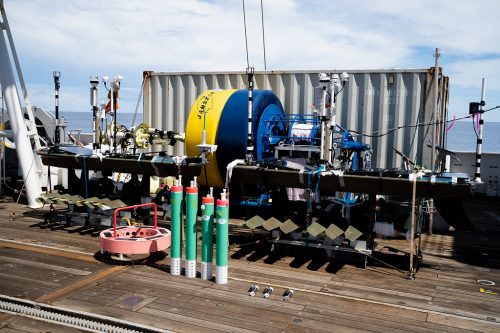
Observatories on this cruise.
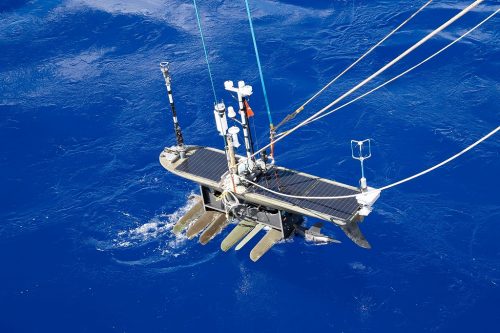
The wave glider equipped with JES10mini, compact CTD sensor which is sold by Offshore Technologies.
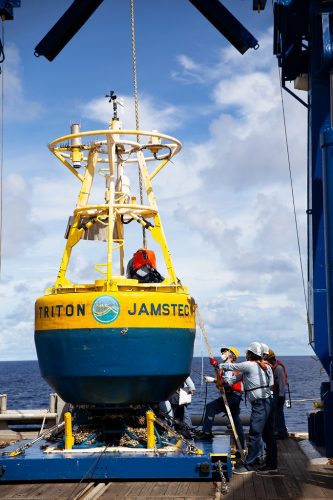
A large mooring buoy, the Triton buoy, recovered during this voyage.
The previous model of the JES10mini was developed as a CTD sensor to be installed on the Triton buoy.
It had been moored in the observation area of 5,000 m depth for long term, and observed the CTD, current etc. in the sea and the wind direction, temperature, humidity, etc. above the sea. It can collect high accuracy and continuous data but the maintenance cost is very high. Therefore we are trying various observation methods other than mooring buoy.